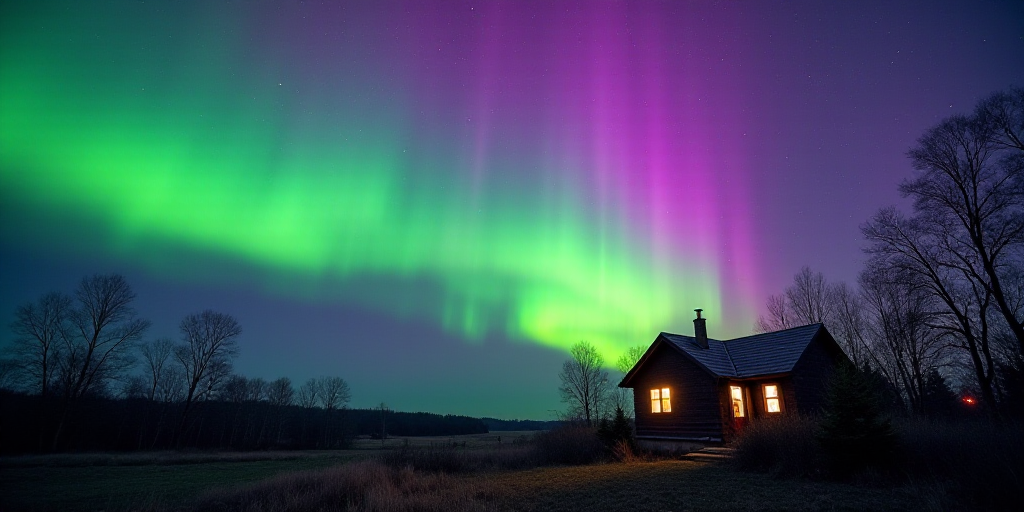Introduction to the Discovery
Scientists from Mexico’s National Autonomous University of Mexico (UNAM) and an international team of researchers have determined the frequency at which the aurora borealis can be observed in Mexico, despite its low latitude.
Background on the Unusual Phenomenon
An unusual event in northern Mexico sparked scientific curiosity over a year ago, as luminous phenomena typically visible in high latitudes, such as the Earth’s poles, were observed. Initially attributed to a strong solar storm causing a geomagnetic disturbance, the international research uncovered that these auroras occur every 30 years at lower magnetic latitudes.
The UNAM Research Findings
Víctor Manuel Velasco Herrera, a researcher from UNAM’s Solar Radiation Department and the study’s lead, explained that their digital physical-mathematical model, enhanced with artificial intelligence (machine learning), revealed this pattern. He emphasized that these auroras are not exceptional but part of a new cycle of auroral activity.
When Will the Next Mexican Aurora Borealis Occur?
Velasco Herrera referred to a low magnetic latitude events table, which showed occurrences in various parts of the world since 1938. The researchers identified patterns, noting that auroras occurred in 1940, 1958, and 1989, with an average interval of 30 years between events.
- In May and October 2024, the team studied these events using a model they developed at UNAM, proving that auroras occur during the positive phase of the solar 30-year oscillation—specifically, during solar cycle maxima.
- The prediction suggests that auroras will be visible until solar cycle 27, approximately around 2054.
International Collaboration and Publication
The groundbreaking discovery, published in the scientific journal Space Weather, involved research teams from the Czech Republic, Slovakia, Hungary, Turkey, China, Ireland, the United States, and Argentina.
Key Questions and Answers
- What is the discovery about? Mexican scientists have determined that aurora borealis can be observed in Mexico every 30 years, contrary to their typical occurrence at high latitudes.
- How was this discovery made? Using a digital physical-mathematical model enhanced with artificial intelligence, researchers from UNAM and an international team identified patterns in low magnetic latitude aurora occurrences.
- When can we expect the next aurora borealis in Mexico? Based on their findings, the next aurora borealis is predicted to be visible around 2054, during solar cycle 28.
- Who was involved in this research? The discovery was a collaborative effort involving research teams from nine countries, including the UNAM in Mexico.






